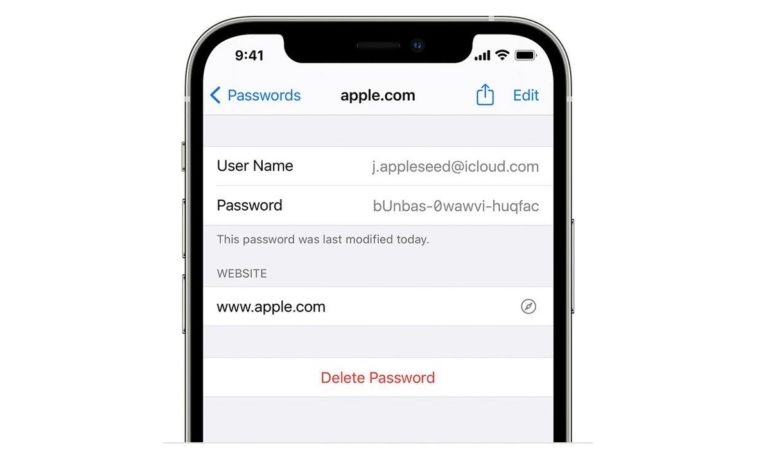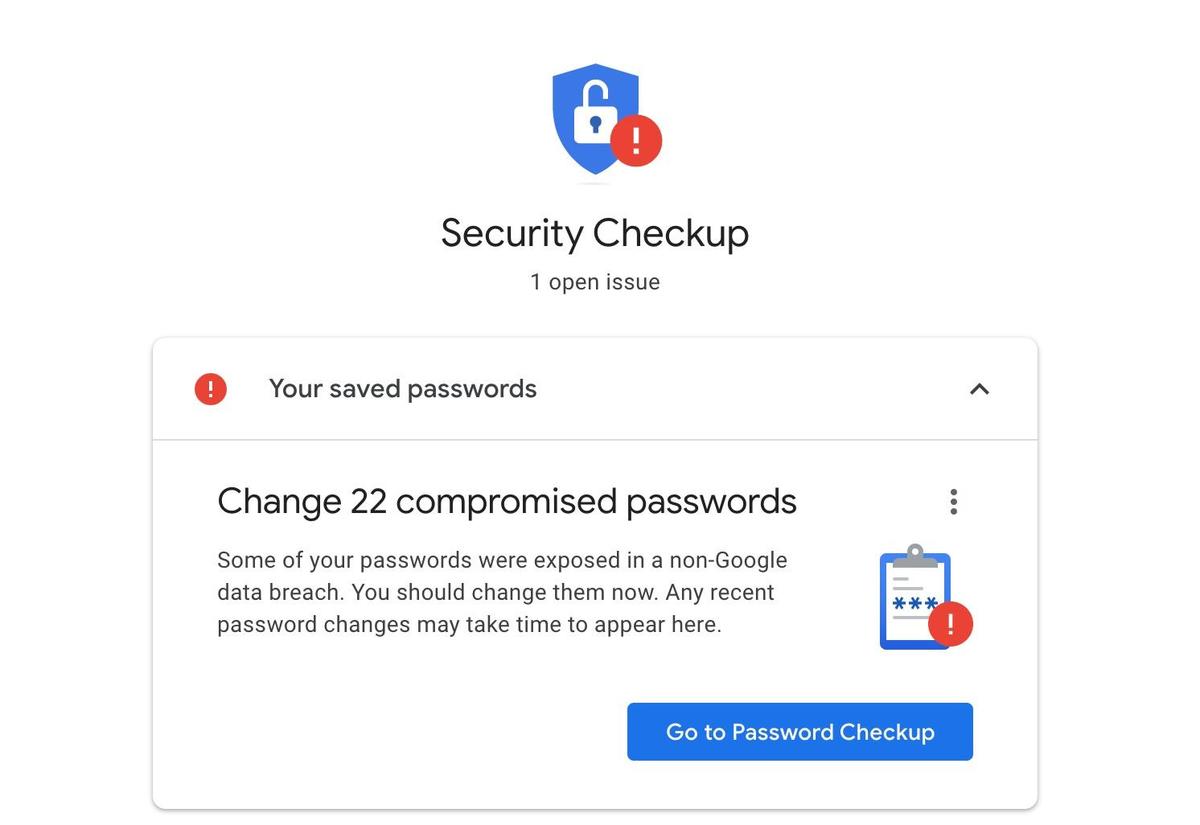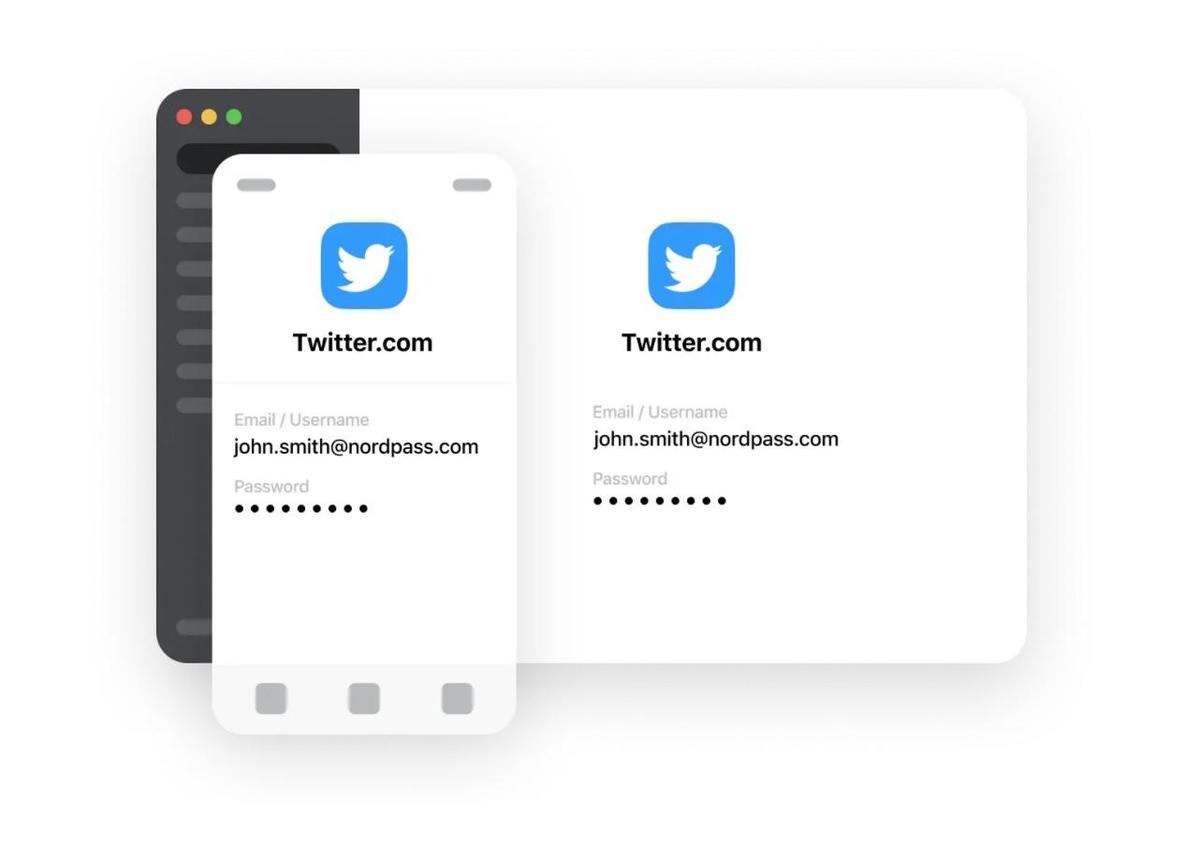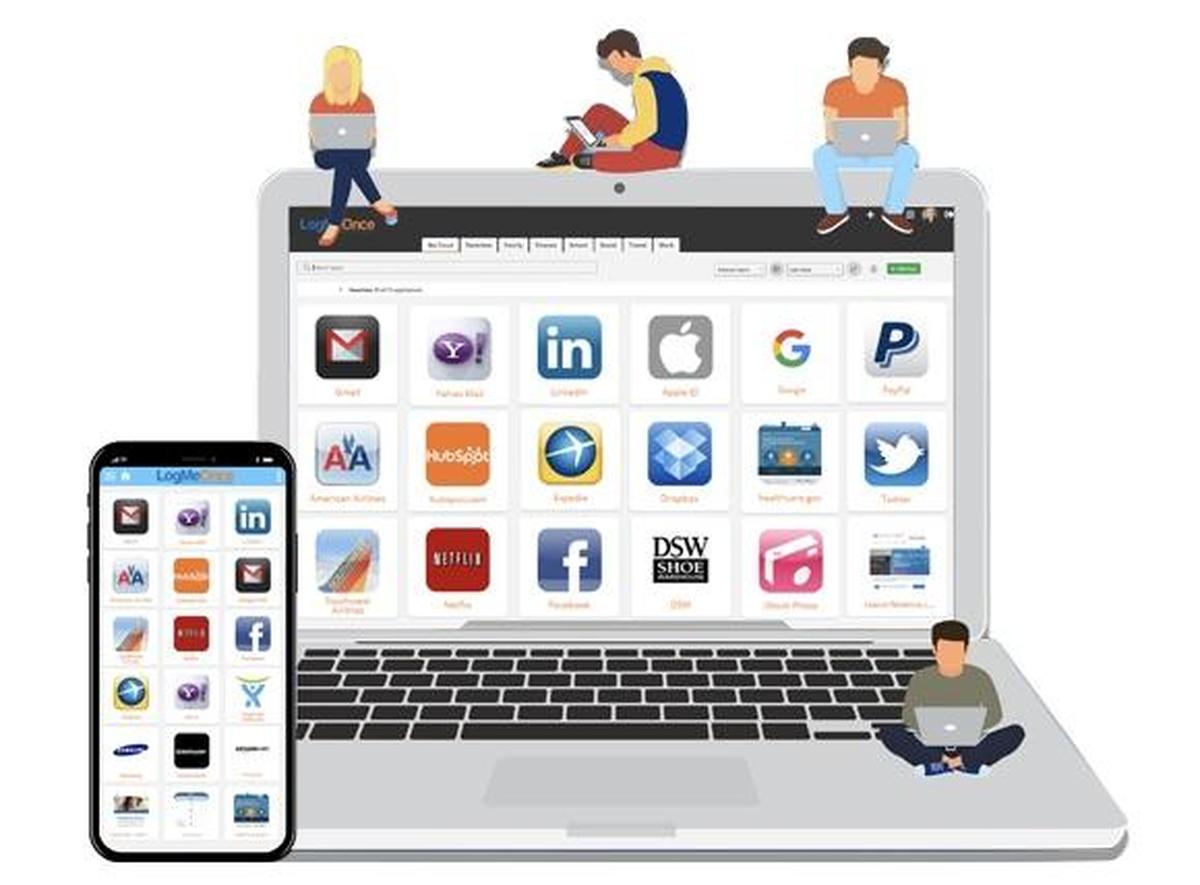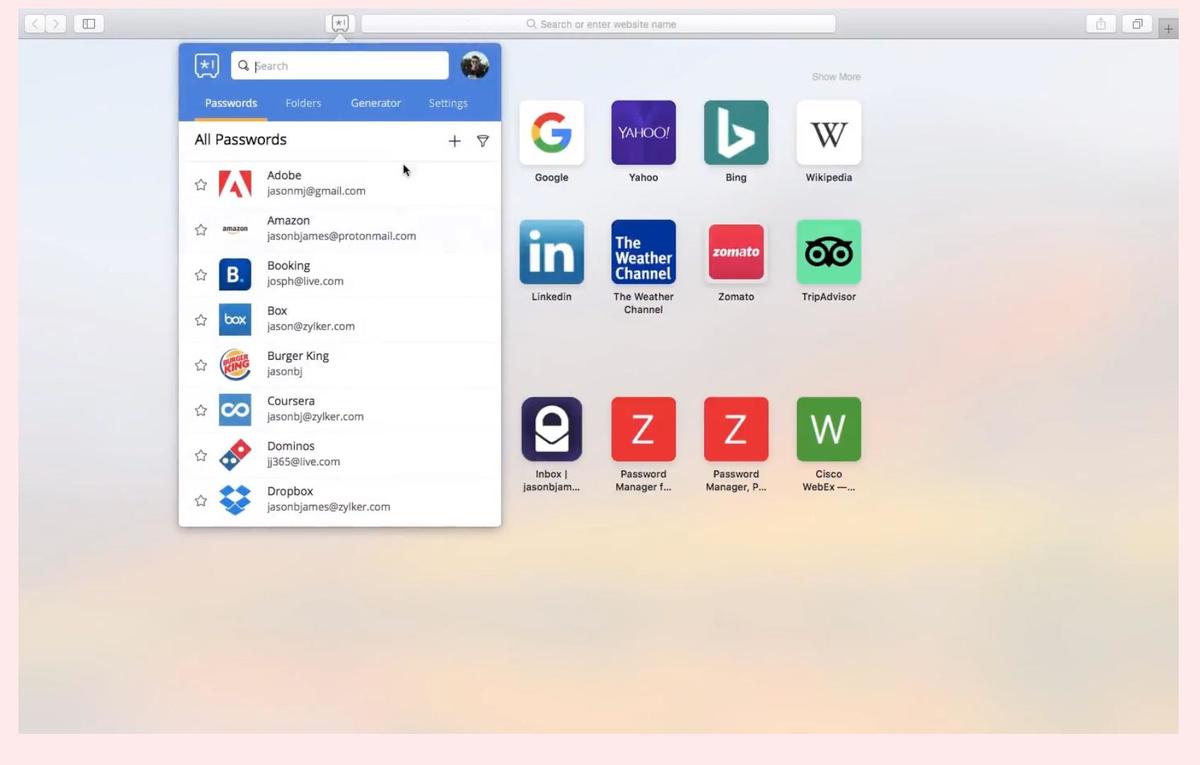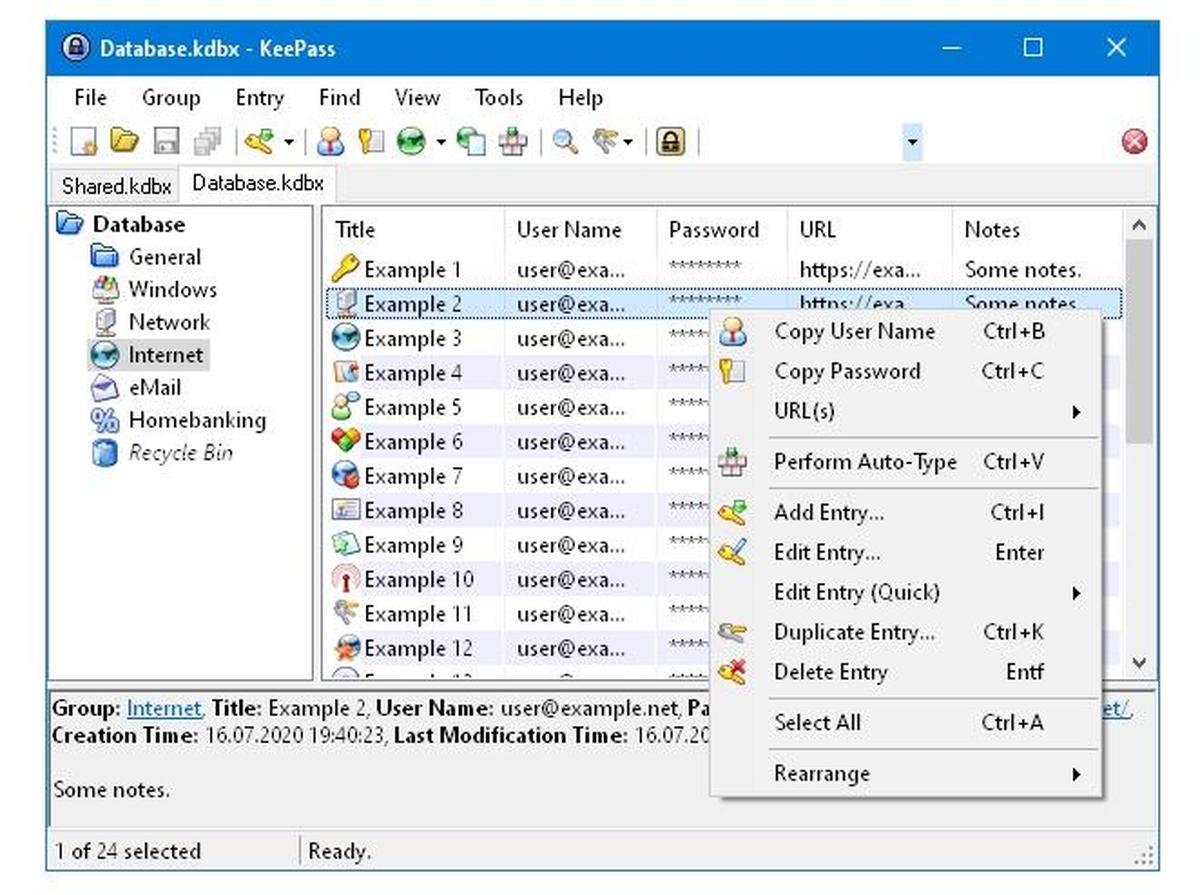LastPass has announced some big changes to its free offering, making the service much more restrictive for people who want to access their passwords across mobile devices and computers.
Now, before I go any further, I think it’s worth pointing out that I am a LastPass Premium user. I have been for many years, and I’ve been 100 percent satisfied with the service, especially for $3 a month.
But, I can also understand why you might not be so keen to pay for something that was previously free.
Let’s take a look at what alternatives are on offer to you.
This is a great choice for those in the Apple ecosystem. Save a password on one device, and it’s available on all your Apple devices.
It works well for saving web and app log in details, but it’s not really suited to other passwords and things like PIN codes.
It’s free, but the cost of entry into the Apple club can hardly be considered free.
If you’re a Google Chrome user, then you already have a cross-platform password manager that will work anywhere you have Google Chrome installed and signed in to your Google Account.
It works well for saving web and app log-in details, but it’s not really suited to other passwords and things like PIN codes.
The free plan allows you to store unlimited passwords, notes, and credit cards and sync them to an unlimited number of devices, but you can only have one active device (in other words, you’ll be logged out of other devices).
The premium plan, which starts at $1.49 a month if you take out a two-year plan, is one of the best-value premium offering out there.
Along with a paid service, LogMeOnce offers a free ad-supported service that offers unlimited passwords across unlimited devices. You can also get a password generator, and the ability to store three credit cards.
While being part of a much bigger suite, Zoho Vault is offered as a free password service with unlimited passwords across unlimited devices, as well as premium features such as two-factor authentication and a password generator.
Not a cloud-service, but a free, open source, lightweight and easy-to-use password manager for Windows. Not using Windows? There are unofficial ports for a variety of platforms (make of that what you will), including Android, macOS, iOS and iPadOS.
I’ve used KeePass in the past, but the absence of cloud syncing and automatic syncing across multiple devices makes it harder work to use.
See also: Best password managers in 2021 for business or personal use
